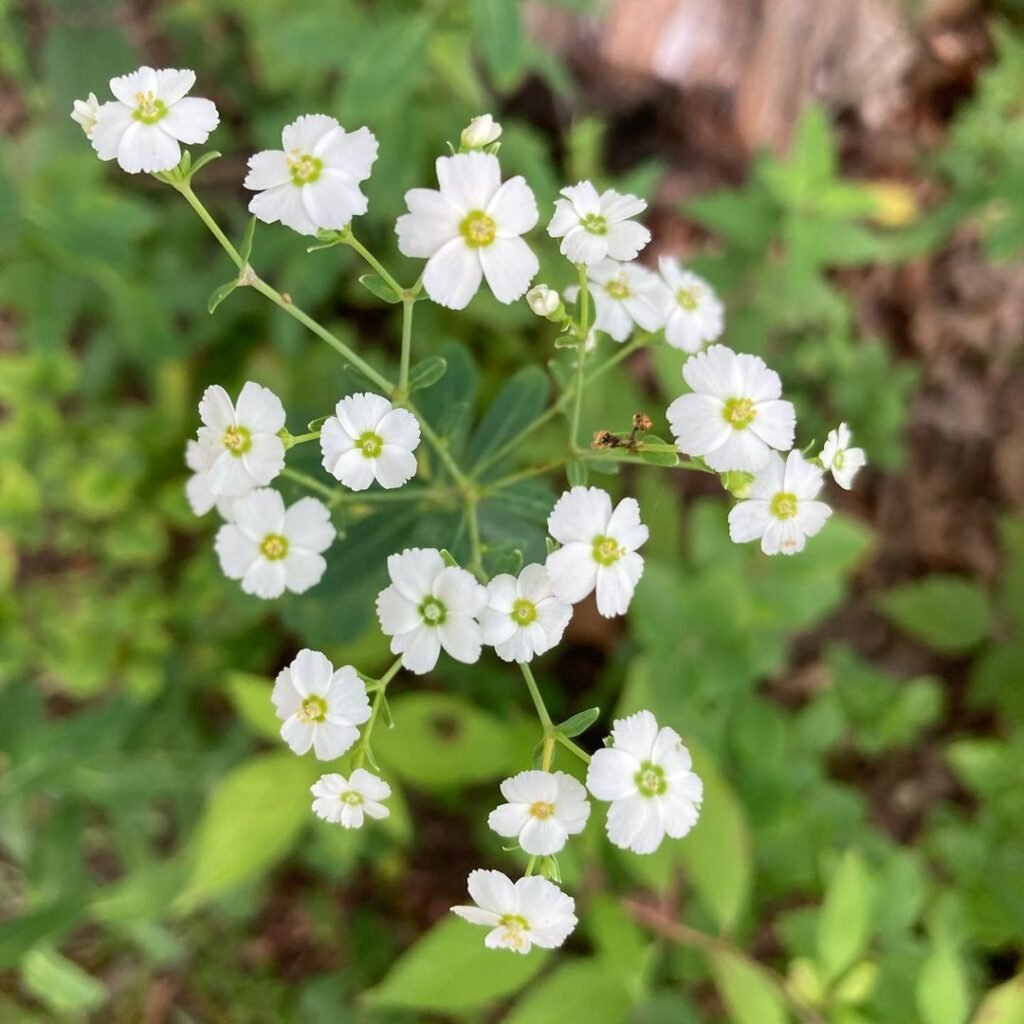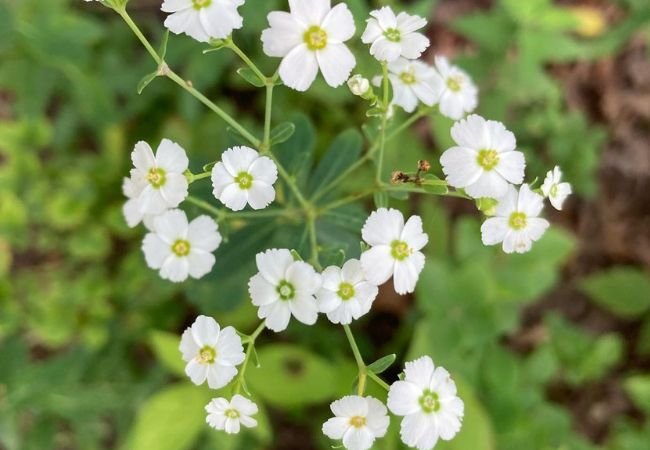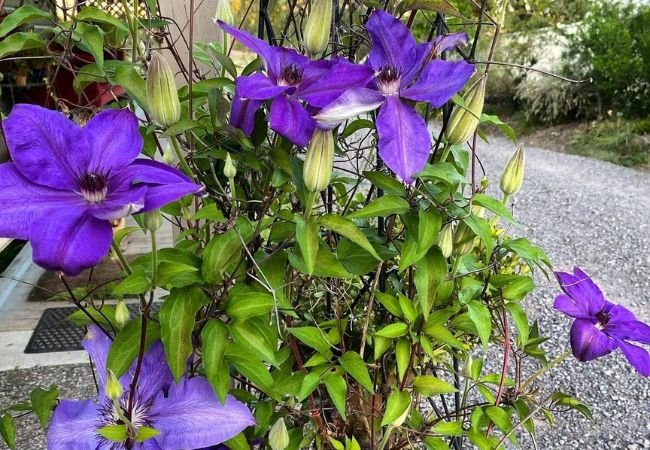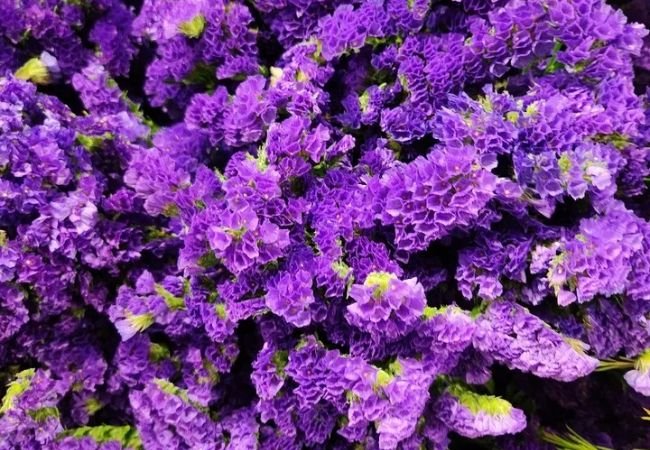Discover how to grow Euphorbia Corollata from seeds with our complete guide. Learn planting tips, germination methods and care instructions to cultivate this delicate and beautiful plant.
Euphorbia corollata, also known as flowering spurge or eastern flowering spurge, is a delicate and beautiful native North American plant. With its clusters of small white flowers and slender stems, it can add a touch of elegance to any garden. In this comprehensive guide, we’ll walk you through the process of growing Euphorbia corollata from seeds, covering everything from germination to care and maintenance.
Here’s an easy-to-read chart for Euphorbia corollata:
| Category | Details |
|---|---|
| Botanical Name | Euphorbia corollata |
| Common Name | Flower Spurge, |
| Plant Type | Perennial |
| Hardiness Zone | 3 to 8 (USDA) |
| Sun Exposure | Full sun to partial shade |
| Soil Type | Well-drained, sandy to loamy |
| Watering | Moderate; drought-tolerant once established |
| Growth Habit | Upright, bushy |
| Height/Spread | 1 to 2 feet (30 to 60 cm) tall; 1 to 1.5 feet (30 to 45 cm) wide |
| Special Features | Attracts pollinators, drought-tolerant, and has a unique appearance with clustered white flowers |
Understanding Euphorbia Corollata

Before we dive into the growing process, let’s learn a bit about this charming plant:
- Native to eastern and central North America
- Perennial herb growing 1-3 feet tall
- Produces clusters of small white flowers from May to October
- Drought-tolerant and attracts pollinators
- All parts of the plant contain a milky sap that can irritate skin
Collecting and Preparing Seeds
Collecting Seeds:
- Wait for seed capsules to turn brown and start to split open
- Collect the capsules in a paper bag
- Allow capsules to dry completely, releasing the seeds
Preparing Seeds:
- Clean seeds by removing any plant debris
- Store in a cool, dry place until ready to plant
Germination Process
Euphorbia corollata seeds require a period of cold stratification to germinate successfully.
Cold Stratification:
- Mix seeds with moist sand or peat moss
- Place in a sealed plastic bag
- Refrigerate for 60-90 days
Sowing Seeds:
- Fill seed trays with a well-draining seed starting mix
- Sow stratified seeds on the surface of the soil
- Lightly press seeds into the soil, but don’t cover them (they need light to germinate)
- Keep soil moist but not waterlogged
- Maintain a temperature of 65-70°F (18-21°C)
- Germination should occur in 2-4 weeks
Caring for Seedlings
Once your seeds have germinated, follow these care instructions:
- Provide bright, indirect light
- Keep soil consistently moist
- Fertilize with a diluted, balanced fertilizer every 2-3 weeks
- When seedlings have several true leaves, transplant to individual pots
Transplanting to the Garden
When seedlings are about 4-6 inches tall and outdoor temperatures are consistently above 50°F (10°C), they can be transplanted to the garden.
Transplanting Tips:
- Choose a location with full sun to partial shade
- Ensure well-draining soil
- Space plants 12-18 inches apart
- Water thoroughly after planting
Ongoing Care
To keep your Euphorbia corollata thriving, follow these care instructions:
- Water: Drought-tolerant once established, but water during prolonged dry spells
- Soil: Prefers poor to average, well-draining soil
- Fertilizer: Generally not needed; can apply a light fertilizer in spring if desired
- Pruning: Cut back stems in late fall or early spring
- Winter care: Mulch to protect roots in colder regions
Potential Problems and Solutions
While Euphorbia corollata is generally hardy, watch out for these issues:
- Root rot: Ensure well-draining soil and avoid overwatering
- Aphids: Remove with a strong stream of water or insecticidal soap
- Deer browsing: Plant near deer-resistant species or use repellents
Using Euphorbia Corollata in Your Garden
Once established, Euphorbia corollata can be a versatile addition to your garden:
- Use in wildflower meadows or naturalized areas
- Plant in rock gardens or dry slopes
- Incorporate into butterfly gardens
- Use as a filler in cut flower arrangements (wear gloves to protect from sap)
Growing Euphorbia corollata from seeds requires some patience and care, but the result is a beautiful, low-maintenance plant that can enhance various garden settings. By following this guide, you’ll be well on your way to cultivating these delicate beauties in your own garden.
Remember to always wear gloves when handling Euphorbia plants due to their irritating sap. With proper care, your Euphorbia corollata will provide years of elegant blooms and attract beneficial pollinators to your garden.
Learn more about native plant gardening
Discover other drought-tolerant plants for your garden
Happy gardening, and enjoy the delicate beauty of your homegrown Euphorbia corollata!







One comment on “Growing Euphorbia Corollata from Seeds : A Complete Guide”